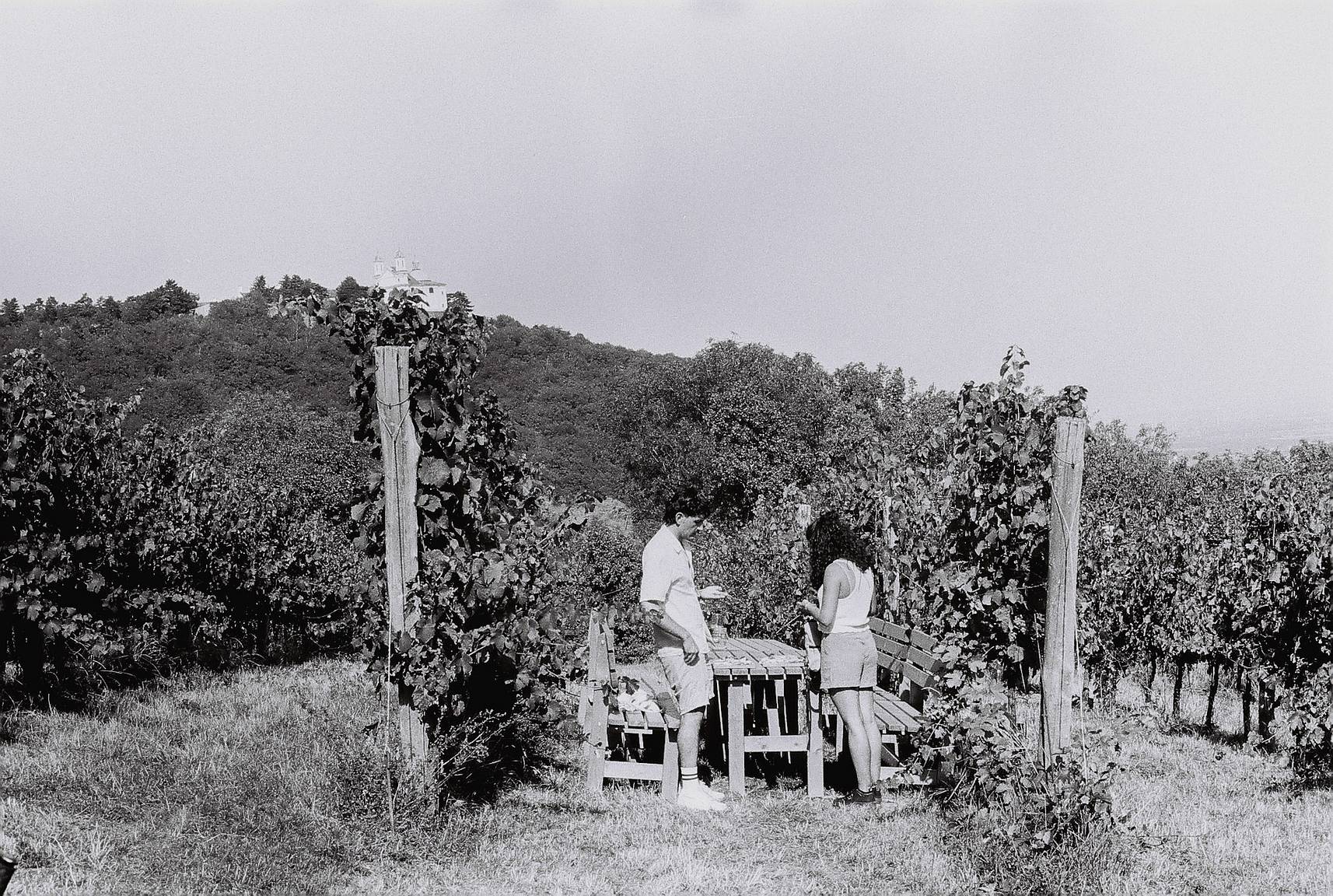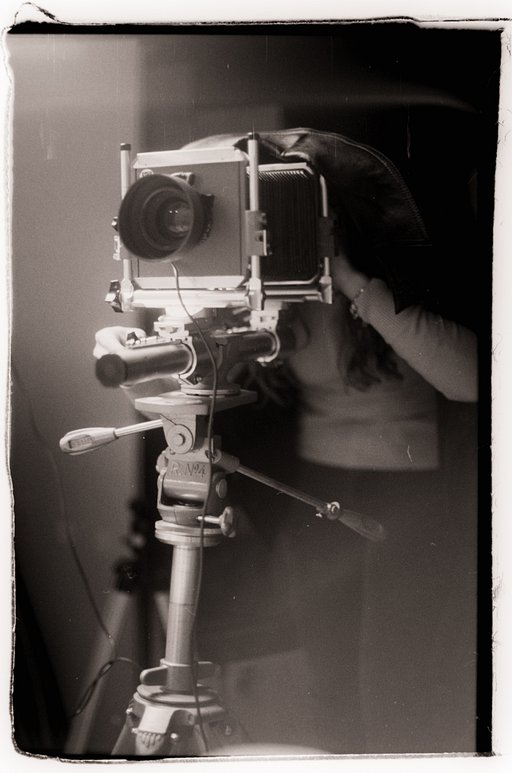Tipster: Developing 35mm Black and White Film at Home
7 10 Share TweetGetting into analogue photography means that inevitably, at some point, the curiosity and challenge of developing your own film will come knocking at your door. So let's dive into it and get our hands dirty.
The good news is that you don't need a fancy lab. Your bathroom is more than enough to start developing film. The second piece of good news is that black and white is a perfect starting point. For today's article, we shot a roll of Earl Grey B&W 35 mm ISO 100, and developed it with SPUR TRX 2000 developer that we had available.
Black and white film might be a more straightforward approach than color film, (1 or 2 degrees variation in temperature won't disrupt the process of your chemicals as much as it does in color development) but keep in mind that there are still many variables that can affect the outcome of your negative.
A Short Preface
Variation in temperature is more forgiving for black and white film than it is for color, but there nevertheless a few tricky obstacles to overcome. In the beginning, loading your film onto the developing reel in the dark may seem difficult. But as for everything in life, practice makes perfect!
Development chemicals are a rabbit-hole you can easily fall down when doing research. You may stumble upon forums that profess the love for HC110 – Ansel Adams's favorite developer ( the old formula), or people who can not work without Rodinal because nothing can compare to it. Ultimately, in the beginning what matters is that you get in tune with the process. Practice with the least expensive products, and get better at it. Once you have become fluent, then it is time to start finding your niche.
Be aware that dilution and development times vary depending on the product used. Therefore, always follow the instructions.
The Process
What you'll need:
- Dark room or changing bag
- Film opener and scissors
- Developing tank and reel
- Measuring cups
- Thermometer
- Water
- Storage bottles
- Developer, fixer and washing agent
Before you start, prepare your liquids. You will need to get the water to the right temperature, between 18℃ and 20℃ degrees. Mix your developer based on the product recommendations and fixer as well. Now is time to load the film in the dark, using a dark bag or a dark box. Once you start this process, be extremely careful to not have any light leaks.
Use your changing bag or dark box to load your film onto the reel. When you have securely closed your film into the tank, it's time to start developing. Pour in the solution. The quicker you pour your developer into the tank, the better. Make sure that your temperature is 20℃, and immediately start the timer. Your film stock will have a designated time to develop according to the mixture you are using; Ilford times are not the same as Kodak, for example.
The most common way to agitate is with regular steady inversions for the first 30 seconds, then, four inversions every minute. The intensity that you apply during these steps should be steady and controlled. Agitation during development will affect the outcome of your film. This is where you can get creative, experiment with different agitation techniques and see the different results. Once the time is over, rinse with running water for one minute to stop your development.
Now it’s time to fix your film. The recommended time varies from 3 minutes for a fresh solution to 4 minutes for an older batch. However, even going over to 5 minutes will not affect your results critically. Remember that you can reuse your fixer until it is exhausted.
After fixing is completed, rinse your film thoroughly for about 4 minutes. It is highly advised to use a rinse agent for films. This will clean every trace of chemical residue that could stain your negatives. To save up some water, fill the tank with running water once and empty it. Refill and agitate carefully for another 30 seconds. Agitate energetically to clean as much as possible. Repeat another two times. Some people add a drop of dish soap instead of the photo rinsing agent, which works fine, but make sure to clean all the soap residue.
We highly recommend drying your film overnight. To avoid contamination from dust, we never use a hair dryer. After drying overnight, you can check your negatives. Now you are ready to scan!
Have you ever developed you own film? How was your first experience? Comment below.
written by eparrino on 2023-11-07 #tutorials #videos #film #black-and-white #tipster #self-development #tech-junkie
































7 Comments